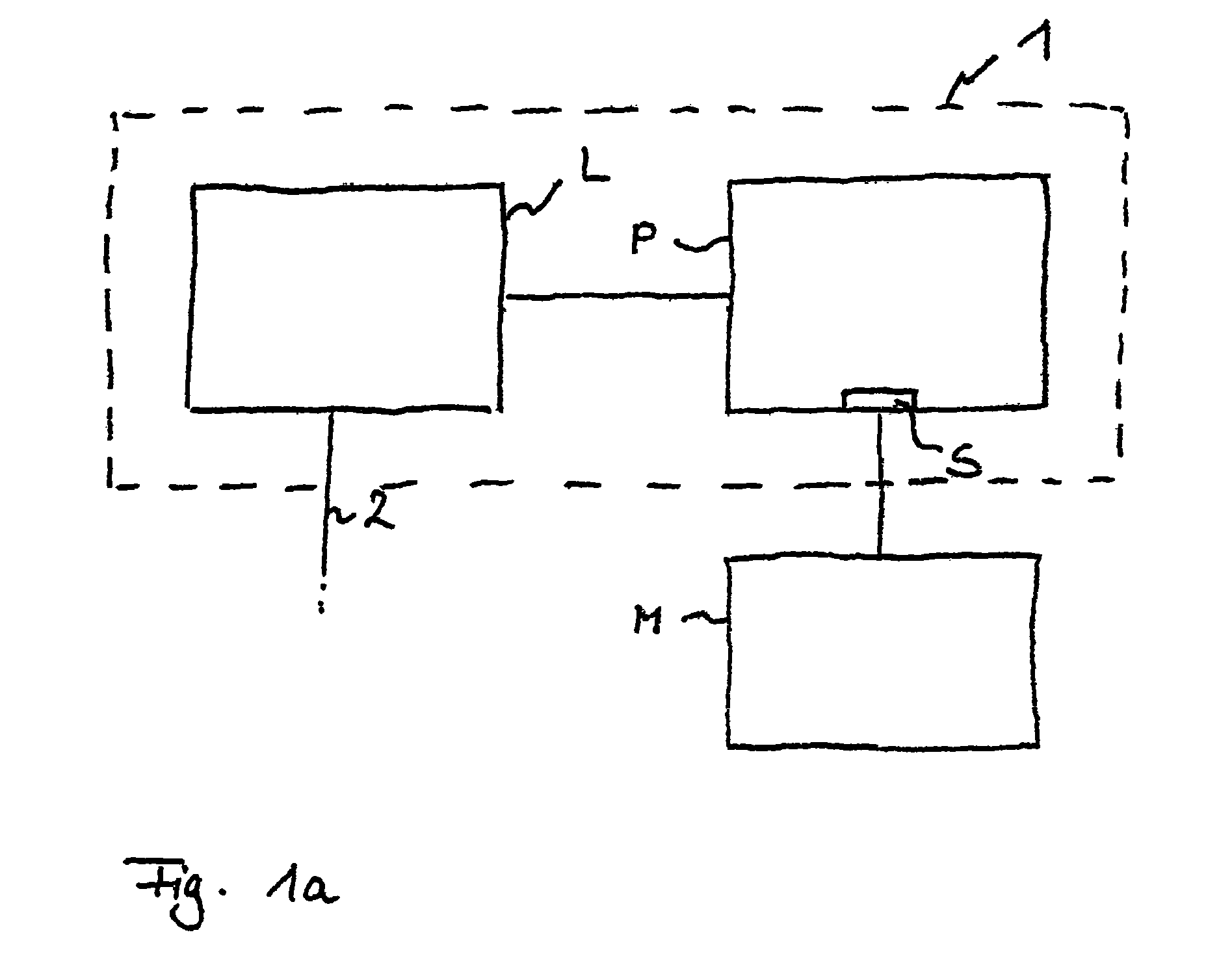Treatment device for surgically correcting ametropia of an eye and method for creating control data therefore
a technology of ametropia and treatment device, which is applied in the field of treatment device for surgical correction of ametropia of the eye and creates control data accordingly, can solve the problems of patients feeling this to be disadvantageous, and achieve the effects of reducing the effect of regressions and reducing the risk of further undesirable side effects
- Summary
- Abstract
- Description
- Claims
- Application Information
AI Technical Summary
Benefits of technology
Problems solved by technology
Method used
Image
Examples
Embodiment Construction
[0049]FIG. 1 shows a treatment device 1 for an ophthalmic surgical method similar to that described in EP 1159986 A1 or U.S. Pat. No. 5,549,632. The treatment device 1 effects a correction of defective vision in an eye 3 of a patient 4 by means of a treatment laser radiation 2. The defective vision may include hyperopia, myopia, presbyopia, astigmatism, mixed astigmatism (astigmatism involving hyperopia in one direction and myopia in a direction lying at right angles thereto), aspherical defects and higher-order aberrations. The treatment laser radiation 2 is applied in the described embodiment as a pulsed laser beam focused into the eye 3. The pulse duration is in this case in the femtosecond range, for example, and the laser radiation 2 acts by means of non-linear optical effects in the cornea. The laser beam has for example 50 to 800 fs-short laser pulses (preferably 100-400 fs) having a pulse repetition frequency of between 10 and 500 kHz. In the example embodiment described, th...
PUM
 Login to View More
Login to View More Abstract
Description
Claims
Application Information
 Login to View More
Login to View More - R&D
- Intellectual Property
- Life Sciences
- Materials
- Tech Scout
- Unparalleled Data Quality
- Higher Quality Content
- 60% Fewer Hallucinations
Browse by: Latest US Patents, China's latest patents, Technical Efficacy Thesaurus, Application Domain, Technology Topic, Popular Technical Reports.
© 2025 PatSnap. All rights reserved.Legal|Privacy policy|Modern Slavery Act Transparency Statement|Sitemap|About US| Contact US: help@patsnap.com



